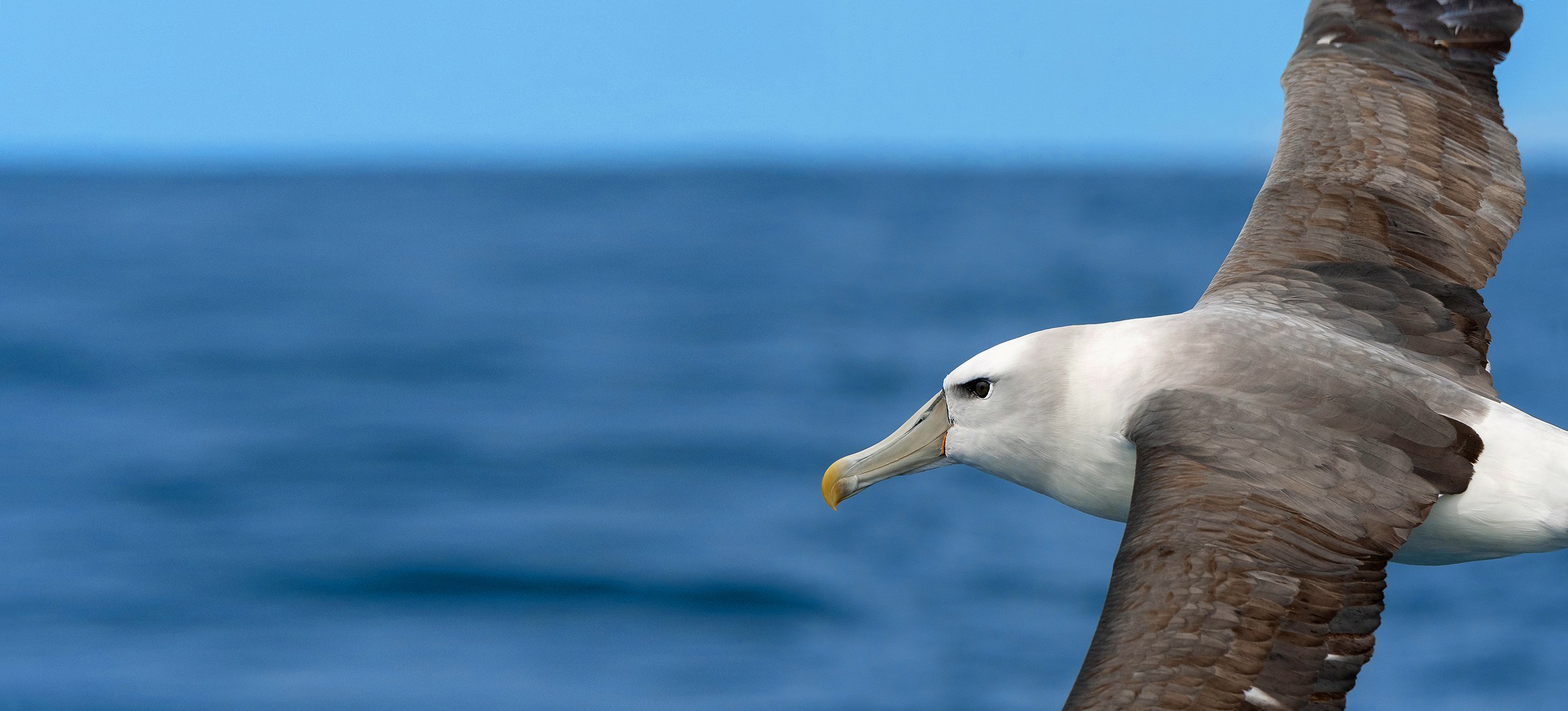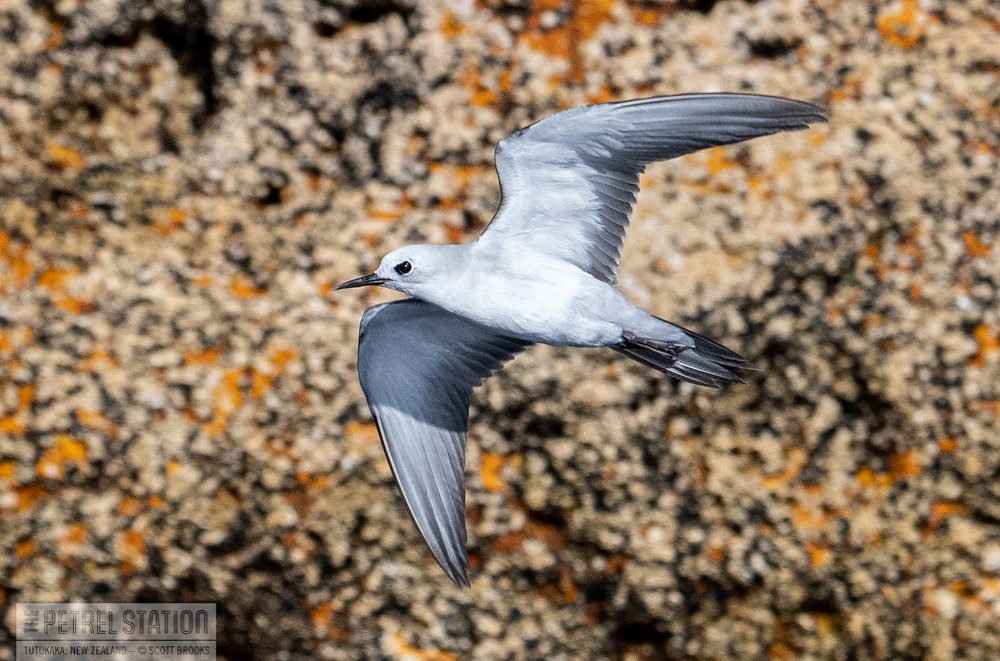
Our specialty seabirds
Tutukaka, New Zealand
On The Petrel Station pelagic seabird tours we’ve got some pretty amazing bird species in the area, and these birding tours are probably the best place to see them in New Zealand (or the world in some cases)
New Zealand Storm Petrel
The most famous specialty pelagic seabird on our birding tours has to be the tiny iconic New Zealand Storm Petrel.
This scarce, endemic seabird was thought to be extinct until it was rediscovered nearby in the greater Hauraki Gulf pelagic ocean area in 2003, and it wasn’t until 2013 that their only known breeding site was found on Little Barrier Island. The island is now pest-free so the New Zealand Storm Petrel numbers have started to recover (with numbers estimated in the low thousands).
The Petrel Station seabird tours are very privileged to regularly see the greatest number of these delightful seabirds out of any location in New Zealand (or the world!) and they are a highlight for many on our birding tours. They’re regularly seen in big numbers (20 to 40 individuals) from Oct to May, with the peak in Jan/Feb when numbers have reached over 100! Outside of these times they are usually seen in small numbers, except August which is the only month we haven’t recorded them yet.
Watching New Zealand Storm Petrel effortlessly bouncing, pattering and flitting across the ocean surface directly behind the boat, is an absolute treat for any birdwatcher, especially being aware that not that long ago they weren’t known to even exist!
Pycroft’s Petrel
This tricky-to-ID seabird species only breed on a few offshore islands in northern New Zealand, including the Poor Knights Islands, and we regularly see them in small numbers over spring and summer out on The Petrel Station seabird tours.
What makes them difficult to ID is they look remarkably similar to Cook’s Petrel (which is around at the same time of year and in bigger numbers). Once you learn the fairly subtle differences between the two species, you can get your eye in, and start to pick likely Pycroft’s (with photos helping to confirm ID).
So in spring and summer it’s always a great birding game of Pycroft’s vs Cooks whenever a likely candidate is flying nearby.
Grey Noddy / Ternlet
From mid December to the end of April the delightful Grey Noddy / Ternlet come and hang out at the Poor Knights Islands, and are a great addition to the tours over summer.
They only visit three mainland locations in New Zealand, all of which are rock stack islands, and this spot is the easiest to visit. They generally breed up at the Kermadec Islands which are 1,000km to the north-east, though apparently there are a few records of them breeding here too.
Numbers of Grey Noddy tend to build up over summer as more turn up and on past trips we’ve had up to 225 individuals.
Buller’s Shearwater
The Poor Knights Islands are the only location in the world where Buller’s Shearwater breed. We go past these islands so we regularly see them in the thousands in season.
While they’re here over spring and summer, the Buller's Shearwater will gather in the thousands in densely-packed feeding workups to feast on krill, zooplankton and baitfish balls that come into the area. It is an amazing birdwatching spectacle and is one of The Petrel Station seabird tours birding highlights.
Check out the Seabird Feeding Workups page for more info and lots of images on this incredible sight.
Other specialties
With so many stunning seabirds turning up it’s hard to limit the number of specialty birds but some other local species that are definitely worth a mention are:
Chatham Albatross – these stunners are rarely seen off the NZ mainland and the last few years we’ve had them show on a bunch of the spring tours (late Oct to early Dec).
South Polar Skua – We’ve now had these turn up semi regularly on spring trips (late Oct to early Dec). This includes 3 sightings of the Dark Morph South Polar Skua which is extremely rare in New Zealand waters, .
Black Petrel
Grey-faced Petrel
Fairy Prion
Little Shearwater
Cook’s Petrel
Black-winged Petrel
Mottled Petrel
Common Diving Petrel
Check out the Seabird Species and Seasons pages which mentions more about when these species are mostly seen.

Does being out amongst stunning seabirds sound like you? Must be time to come out to The Petrel Station.

charter tours
Ideal for a bunch of birding mates or birdwatching group to have your own stunning New Zealand seabird experience out at The Petrel Station ... and every bird tour helps towards the seabird research project.






